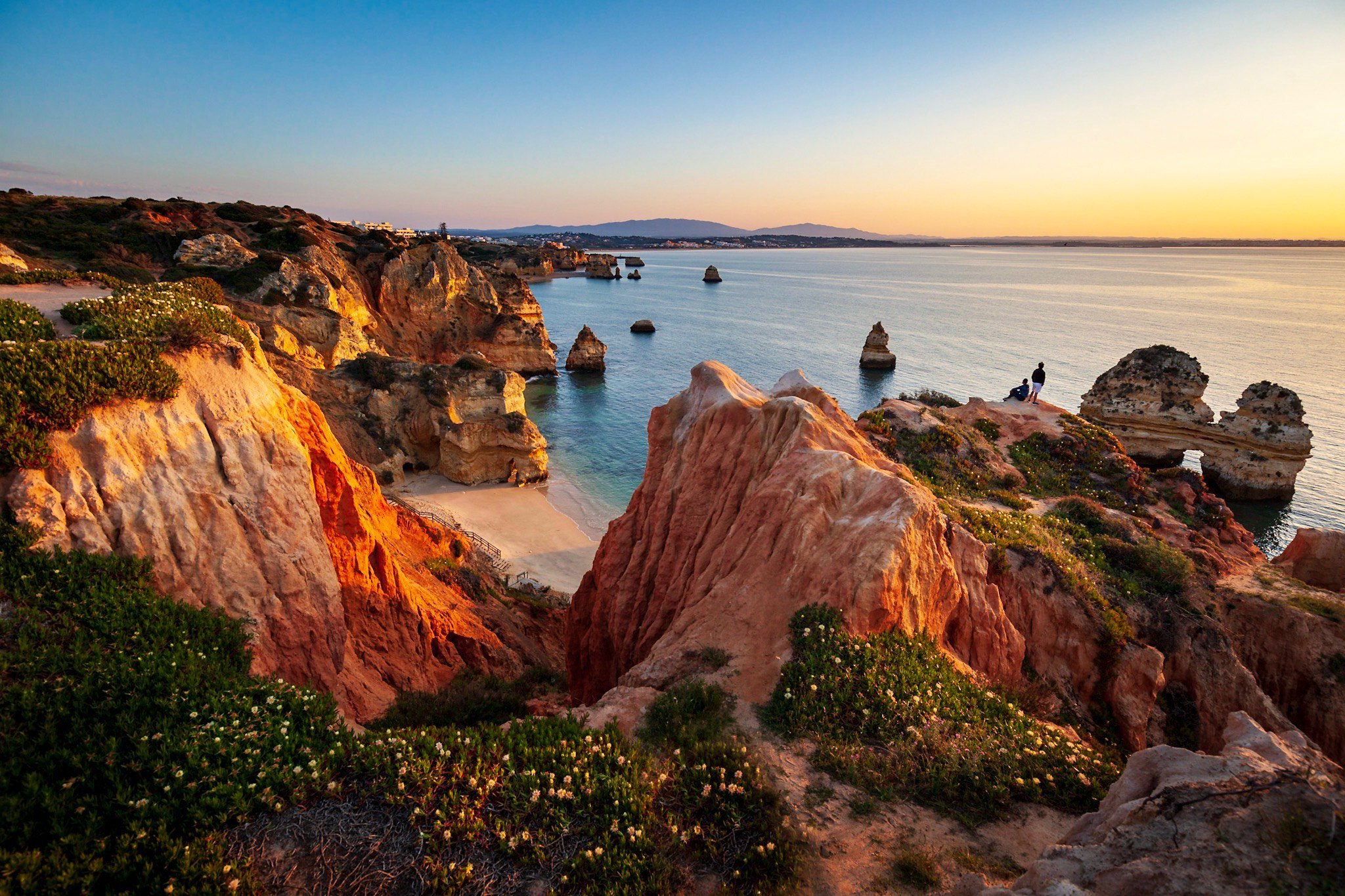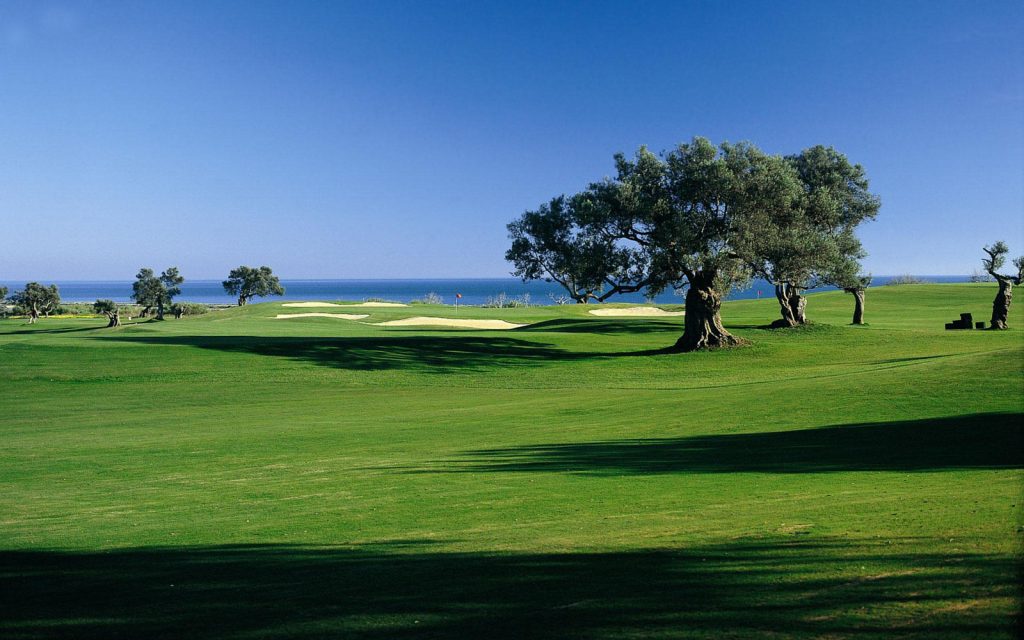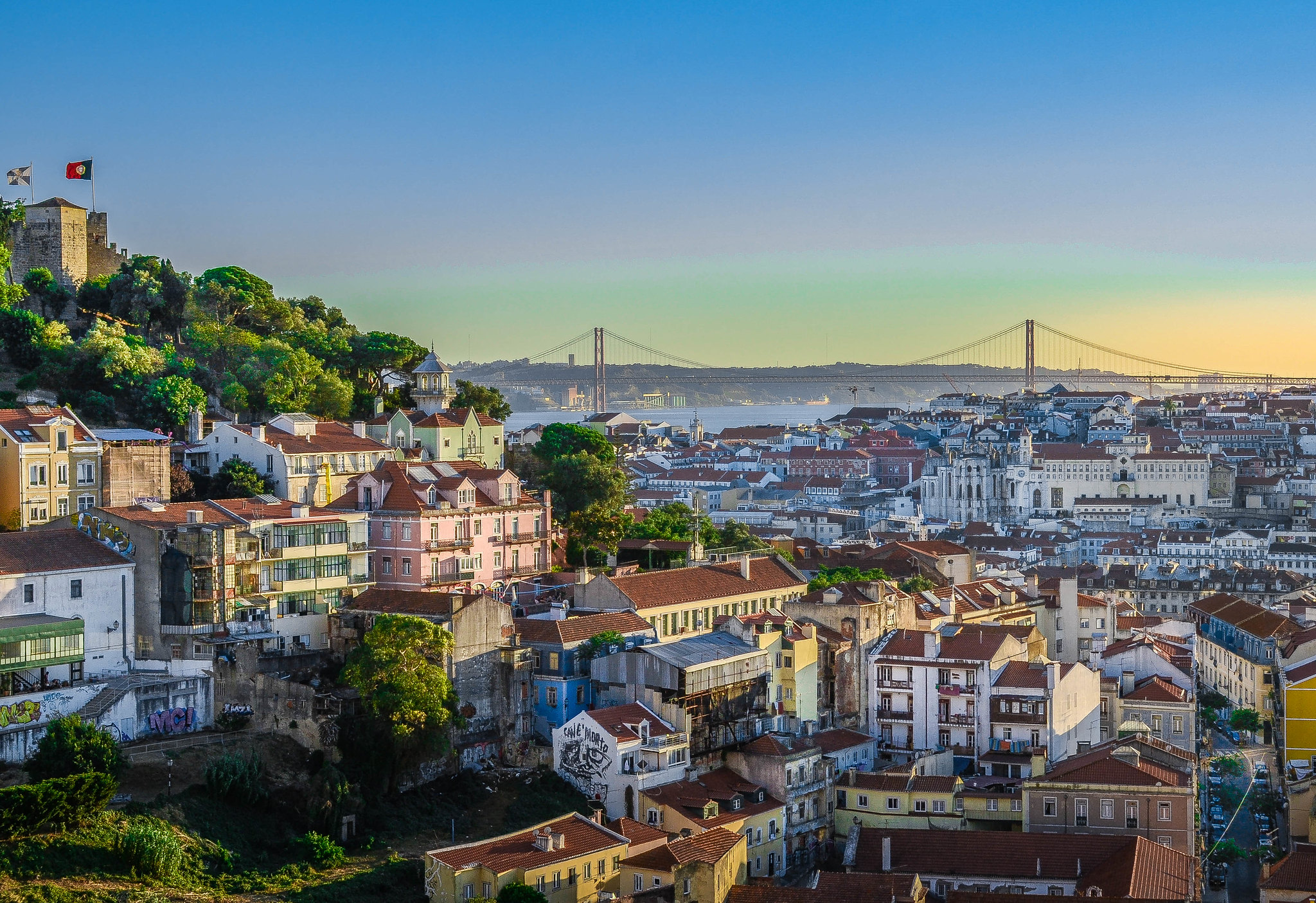The Undiscovered Inland Cuisine of Portugal – Part III

In this last installment of our three-part series on the undiscovered inland foods of Portugal (Part I & Part II), we pick apart the fruits that give the country some of its most luscious cherries and pears as well as premium olive oil. And though it’s one of the lesser-known wine regions of Portugal, there’s plenty to fill your goblet with unique grapes that produce wine you can only find here. Superb fruit is indeed a staple of this region, but for hardcore sweet tooths, we’ve got more than what you can pick from a tree. We’ll end it on the sweetest of notes!
Let’s take a bite, a sip and a spoonful:
Fruit is a Way of Life
The most famous of fruit from the Beira Baixa is the cherry (cereja) from the town of Fundão – and its fame is well deserved since these are some of the meatiest and juiciest cherries you’ll ever taste. Just ask Michelin star Chef José Avillez, who stands by these red beauties and puts them on his menus. The last couple of years, Fundão has created a lively campaign around their brand, Cereja do Fundão, so don’t be surprised to see this name floating around. These cherries were also the inspiration for the Pastel de Nata de Cereja – a twist on the Portuguese egg custard tarts with the addition of Fundão cherries. Amid the magical cherry blossoms that blanket this area each spring, there are other wonderful fruit trees to discover – figs, persimmons, quince, pears (Pera Roxa – the best in Portugal), apples, oranges as well as almonds and chestnuts. There are also ginjas (sour cherry used to make Ginja liqueur) and medronho a.k.a the strawberry tree used in Aguardente de Medronho (firewater). These medronho trees grow wild in rural regions with no real commercial distribution; therefore, you’ll likely only find this spirit in regional, homestyle restaurants. Beyond the trees, taste the watermelon when here. I grew up on monstrous watermelons cultivated by my grandparents, who sliced them open for us right out in the field. They were so refreshing that when I imagine eating them, I can almost feel the juice dripping from my chin and tickling down my arm. We weren’t the only ones that loved them – we tossed our rinds, still with bits on ’em, to the chickens and ducks that devoured them with fervent pecks. (photo by banoootah_qtr)
Olive Oil Runs in the Veins
Portuguese olive oil is getting some love in the U.S. these days with the Alentejo’s Esporão on the shelves of Whole Foods as well as Acushla organic olive oil from the Alto Douro showing up at specialty shops. This is good news for Portugal, which produces excellent olives and olive oil. For me, however, olive oil has forever been a constant. My grandparents had olive groves, made their own olive oil, and fried everything in it! It was simply part of everyday life. When my immigrant parents decided to buy a summer home in rural Portugal, it came unsurprisingly with olive trees! So of course, they made their own wonderful olive oil to use at home. Aside from personal production and consumption, the Beira Baixa’s olive oil is highly regarded with a protected designation of origin (DOP). If you can get a group of eight or more together, Portugal offers an olive oil tour to this area by public train – it’s like foliage tours in the Northeast but way tastier! This worship of olive oil is reflected in the area’s rustic recipes with Azeite (olive oil) or Lagar (olive oil press) in their name. For example, Couves do Lagar is a dish comprised of layers of Bacalhau (cured codfish), Couves Brancas (local cabbage), potatoes, garlic, bay leaves, chili peppers and olive oil slowly steamed in a pot. These humble meals were created by the folks that worked the olive oil presses as a celebration of each new season’s olive oil production. (photo by Steve Jurvetson)
Bacchus Would Cheer to It
It’s tough for your wine to stand out in a country with powerful wine regions like the Douro, Vinho Verde and Alentejo on the map – not to mention, two Beira specific wine regions like the Dão and Bairrada waving their goblets at you from next door. Yet, there is a third wine designation here called the Beira Interior DOC, which is what Beira Baixa and some Beira Alta wines fall under. With soils influenced by the Serra da Estrela, Gardunha and Malcata mountains; forests peppered with wild pine trees; granite and schist with the Zêzere river running through it, there’s variety to discover. The dominant grapes in whites are Malvasia Fina, Arinto, Rabo de Ovelha, Siria (Roupeira in Alentejo) and Fonte Cal. The latter is unique to the Beira Interior region, producing well-structured whites (or adding heft to blends) that pair well with the region’s rustic recipes. It’s a white with the potential to age. The main red varieties are Bastardo, Marufo, Rufete, Tinta Roriz and Touriga Nacional. Two of my favorite varieties, Trincadeira and Tinta Cao also make it into some of the red blends, imparting herbaceous characteristics that pair well with the earthiness and smokiness in some of the most robust dishes on the table.
Too Sweet to Pass Up
When I visit my Portuguese aunts, there are always homemade cakes, puddings or biscuits to sweeten up my life. Influenced by their Beira Baixa roots, these offerings are rarely layered in mousses and topped with frostings – instead, they’re wholesome sweets made with the simple ingredients our ancestors could get their hands on, like cornmeal, eggs and olive oil with sugar and cinnamon for a touch of “extravagance.” At the top of my list is the Papas de Carolo, a testament to this area’s vast Milharais (cornfields). Made with cornmeal, milk, sugar and cinnamon, this creamy dessert is also delightful for breakfast! Olive oil biscuits (about the size of a fist), Biscoitos de Azeite, are a wonderful accompaniment to coffee or tea – and in my humble opinion, beer! The best is when I can get them piping hot, right out of the stone oven as my aunt is baking them. There’s a good chance that on restaurant menus you’ll find the Tigelada, another favorite of the area. Whipped up with eggs, flour, brown sugar, honey, olive oil and lemon zest, these miniature puddings are served in the traditional Portuguese earthenware bowls in which they are baked. Sometimes, one big batch is baked in one large ceramic bowl instead. However it’s served, it’s delightful! (photo by Portugal Gastronomias)
Hungry to get to the heart of Portugal and dig into a world of unique eats loved by locals but undiscovered by everyone else for centuries? We can get you there with a customized tour of the hidden food gems of Portugal.
Cheers,
Sonia Andresson-Nolasco






